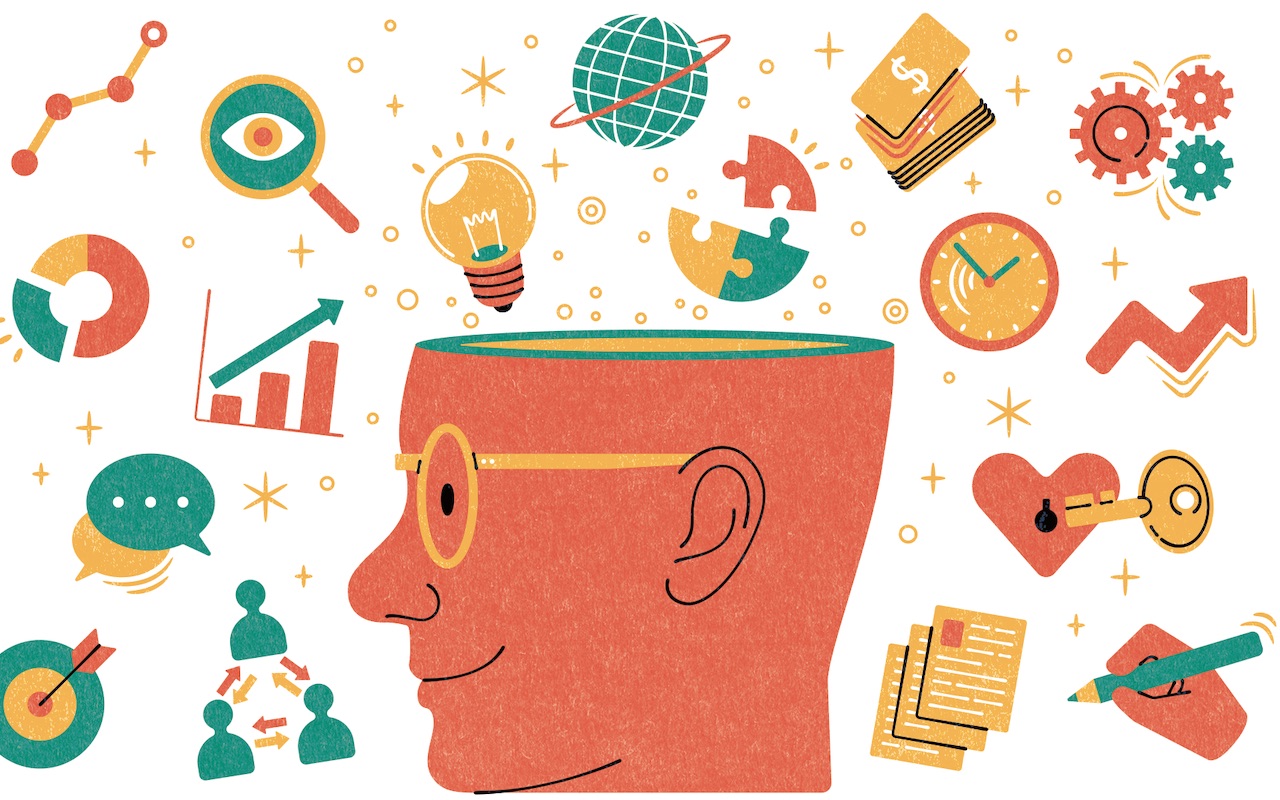
As designers, we are often asked how our designs come about and where our ideas originate from, as if we are magicians with special secrets. Yet, if you spend a day at any studio you’ll find designers inordinarily hard at work on the fundamental task of figuring things out: who a design is for, what is its purpose, what form the design should take, how it will be made, how it will make people feel, how it can influence behaviour – the list goes on and on. The accumulation of these efforts combined with purposeful imagination results in a well-resolved and masterfully conceived design.
After all, design, at its heart, is the manifestation of intention. When designing, all of your mental faculties are in relentless demand. No design project starts or is “figured out” in the same way. The process is both a science and an art. Design is technical, precise and methodical. It is also expressive, poetic and playful. Design’s latitude for embracing surprises and turning mistakes into opportunities lead some to believe that the process is serendipitous and chaotic, when it is simply non-linear.
“Good design can provide solutions, improve lives, communicate ideas, inject beauty and create joy”
In the early days of my practice, I believed that creativity and commerce were on opposing ends of a spectrum. An exhibition curator at my first international design fair in Paris told me one day that “every artist is an entrepreneur”. It was a revelation. He helped me see that holding on to categories and ideas too closely made you forget that you could be other things, or many things concurrently.
Constantly having your ideas and beliefs challenged is yet another essential for any good designer. Design requires curiosity and self-examination. In the spirit of open-mindedness, I do things like go to the library and pick unlikely books to read. I seek out others with counter viewpoints, and listen. When looking for sources of information and inspiration, I venture beyond my news feed and social media. I draw from across many fields, not just the arts and media, but scientific research and technology news as well – for an enriched mind has the vitality and imagination to run wild.
 We are constantly responding to design every day whether we realise it or not. Design inevitably shapes our experiences. A well-cut blazer makes you feel confident. A well-balanced chair invites you to linger for hours.
We are constantly responding to design every day whether we realise it or not. Design inevitably shapes our experiences. A well-cut blazer makes you feel confident. A well-balanced chair invites you to linger for hours.
Good design can ultimately provide solutions, improve lives, communicate ideas, inject beauty and create joy – missions that allows the practice of design to remain relevant and meaningful in a resource-constrained world.
>200: Total events happening as part of this month’s Design Canberra Festival (4 to 24 November)
The next time you have a positive experience with a product, place or service, take a moment to be curious and ask yourself what makes it good. After all, appreciating the effort and intention that goes into something helps us to recognise and treasure good design more.
Illustrations by Kouzou Sakai
SEE ALSO: Opinion: Design can become a skillset that readies Singapore for the future
This article was originally published in the November 2019 issue of SilverKris magazine
The post Opinion: Good design can shape people’s experiences appeared first on SilverKris.
from SilverKris
No comments:
Post a Comment